Kinase view of the year ahead
Ecommerce saw huge growth in 2020 as it helped people continue to shop and get what they need. Digital marketing now has a huge opportunity in 2021 to sustain this growth and continue to connect with customers in a changed environment. We outline three of the biggest challenges and how to get them right in what will be a transformative year.
2021 is going to be a year of divergence and opportunity in digital. The industry landscape is changing fast as a result of rapid technological change and a Covid-driven acceleration of digital adoption, fulfilling digital’s promise of becoming the primary route to market.
The shift in ad platforms’ tracking and privacy will be key - as metrics around tracking consent take centre stage, and data partnerships and solutions map out how digital campaigns can measure success. The ongoing pandemic highlights how the agility with which businesses adapt to changing situations produces stark winners and losers - already showing how the right strategy in difficult times provides a long term advantage.
At Kinase we’re excited for the year ahead - as we expand our teams, grow our expertise and take on these new challenges alongside our partners.
1. Analytics - the good, the bad and the anonymised
Data was always at the centre of successful digital campaigns - but the nature of the data and its sources is changing fundamentally.
As we discussed throughout 2020, third-party tracking is being phased out across the industry - a trend caught up in the increasingly complex and sometimes contradictory tech regulation regimes in Europe and the US.
“As third party tracking declines, we'll see a scramble of solutions coming to market to help plug the gaps, or best understand them,” says James Monaghan, who leads on Analytics at Kinase. “We’re seeing a transition to a new age of digital marketing where we don't have the complete visibility we've grown used to. Black box solutions operated by the big incumbents are going to have even more of an edge.”
These solutions will focus on full stack data integrations that use first party data protected by GDPR, relying on data integrations rather than anonymous cookie data. Google’s smart bidding is a leading example of this integration, and one which is already core to Kinase’s expertise.
Apple’s iOS 14 update is already making tracking cookies opt-in for every app, and exemplifies this trend. As the change takes effect, a key new statistic will be to see what the opt-in rate is. Such metrics based around consent will take centre stage, as will a refreshed analytics strategy and the importance of data expertise.
2. Industry Leaders - two becomes three
Digital advertising has seen a head to head between Google and Facebook play out for years - but in 2020 this became a three-way battle following the sharp rise of Amazon Advertising.
The platform is in its infancy - with far fewer targeting options and analytical data to base decisions on compared to platforms like Google Ads, but it does work. Crucially in 2020, Amazon Ads enabled cheap inventory for retailers during lockdowns. This drove the platform’s jump forwards in H1 2020, momentum which has been maintained: Emarketer predict that Amazon will grow from 10% of digital ad spend in 2020 to just under 13% in 2022.
Meanwhile, Amazon is expanding the platform fast, offering new ad types and full funnel options. It has expanded far beyond product listings - to cover livestreams and audio ads, while Sponsored Brands Video has now become a core part of Amazon campaigns.
“In the autumn, Amazon’s attribution tools enabled advertisers to track clicks driven to Amazon from other platforms, just in time for Black Friday,” notes Solomon Kaffel, Amazon lead at Kinase.
Not only this, but Amazon also itself became the world’s biggest advertiser by the end of 2020 - passing P&G, Ad Age report. This is a stat which prompts a further question: can Amazon’s growth as a retailer be sustained, or is advertising the big new growth area for a company which has always expanded to incorporate whole sectors - web services, logistics - around it in the business ecosystem?
Companies that have previously dismissed Amazon should look again, if not as a retail channel, then as an advertising platform.
3. Covid - divergence in crisis and recovery
We can look forward to vaccinations ending severe lockdowns for economies throughout the world, but restrictions and changed trading conditions will remain across the year ahead. The effect of Covid for digital in 2020 is clear - mobility fell 35%, as an analysis by Enders shows, but ecommerce also leapt forward to be 40% of UK retail (data from the ONS, excluding groceries which have a different supply chain). This new adoption rate has so far stuck.
With such powerful macro trends at play, it’s also important to note that individual companies didn’t necessarily rise and fall with the fortunes of their industry. In their charts of 2020, McKinsey noted this and reminded businesses: “Our analysis of company performance during and after the last financial crisis showed that those who took steps to improve their resiliency early continued to outperform their peers - and widen their lead - for at least a decade.”
Consumer behaviour around social life and how the home is perceived is changing - and future resets won’t take it straight back to a pre-Covid norm. Think With Google’s presentation on 2021 has this advice for how marketing needs to relate to these changes: “Encourage the choices you want consumers to make by appealing to their new context and designing new cues and rewards for them to think of your products and services.”
For digital, those cues lie in the combination of messaging, timing and segmentation - delivering the right message to those who will welcome it. It’s a chance for brands to rethink digital strategy and how they plot out the customer journeys which are core to success.

